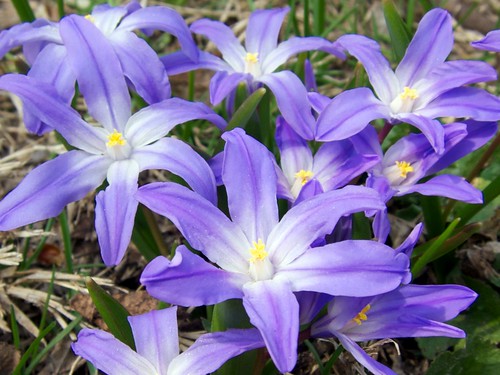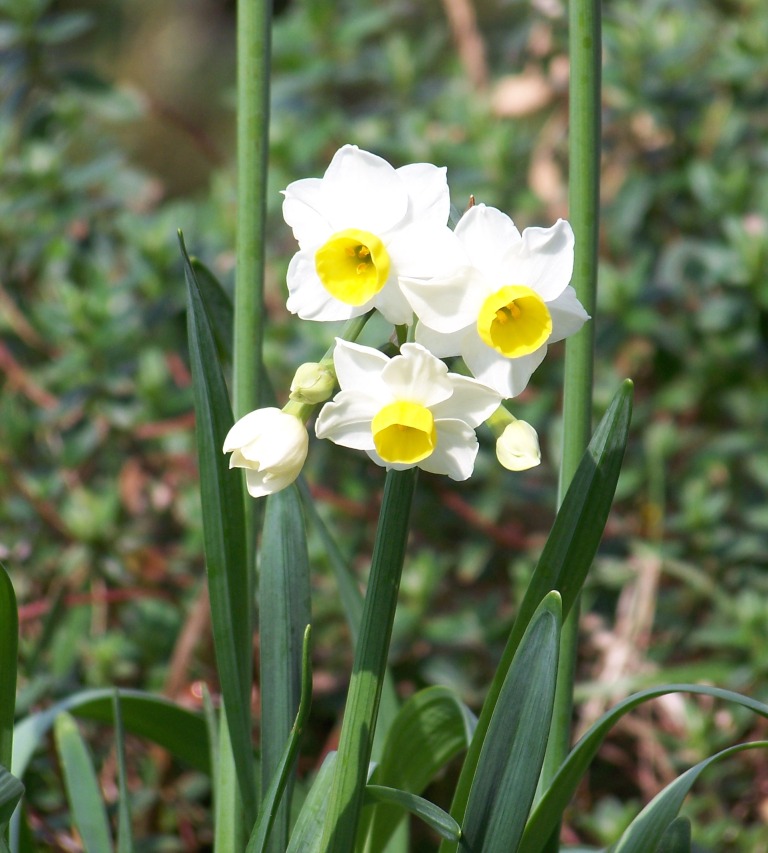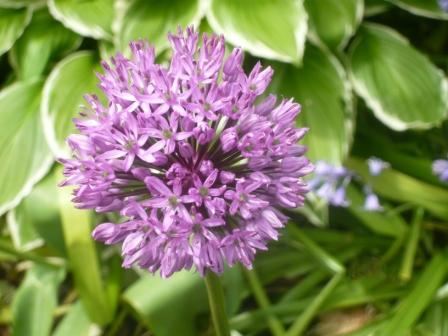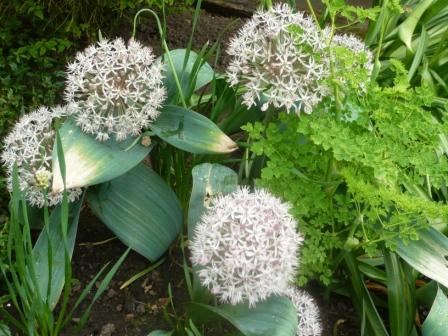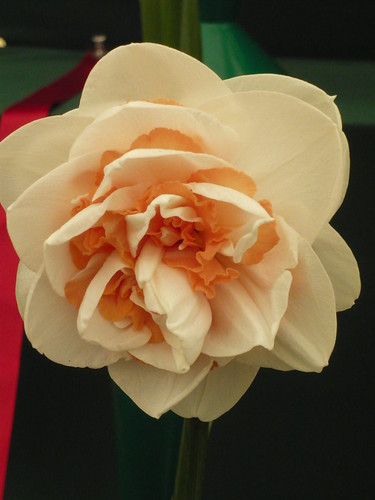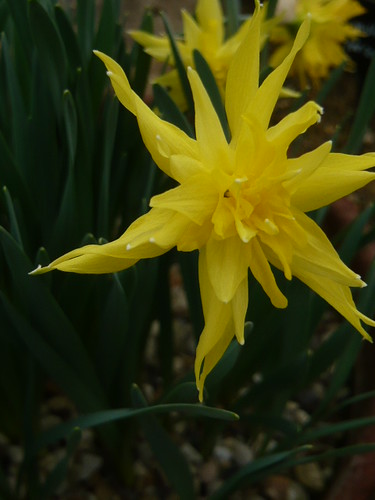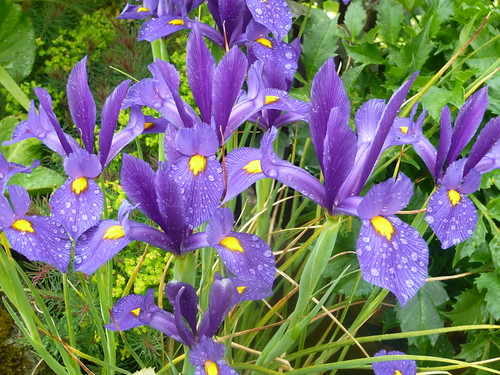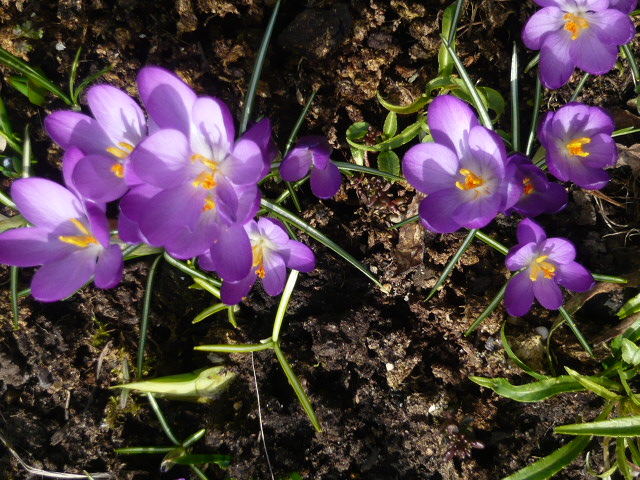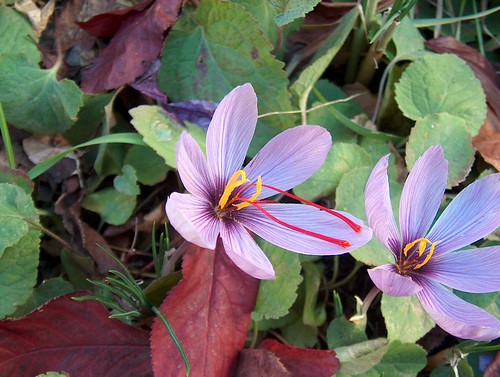Autumn is the time for thinking about more daffodils for next spring.
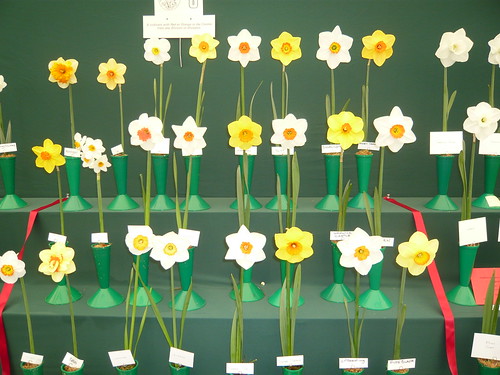
Now is the time to look closely at your Daffodil flowers and identify details of the parts you can see. Then learn to classify the flower into one of the Divisions experts use when showing or selling Daffodils. Finally remind yourself of the top tips for growing great Daffodils.
Detail Parts of a Daffodil Flower
The spathe is the protective green bract that covers the flower before opening time – cheers when it becomes papery.
The neck or pedicle is the section of stem that carries the flower whilst the main stem carries the chemicals from the bulb to the bloom.
The seedpod or ovary is close behind the developing flower, after pollination it begins to swell.
The petals, normally six in number, are the showy part of the flower also called the perianth.
The Corona is the central part of the daffodil flower. Also known as the trumpet or the tube it can be found in many shapes and colours.
The Stamen and stigma are the male and female organs that are surrounded by the corona.
Divisions of Daffodils
Division 1 – Trumpet Daffodils The cup is as long or longer than the petals. There is one bloom per stem.
Division 2 – Large-Cupped Daffodils The cup length measures more than 1/3 of, but less than or equal to, the length of the petals. There is one bloom per stem. …
Read More Read More
